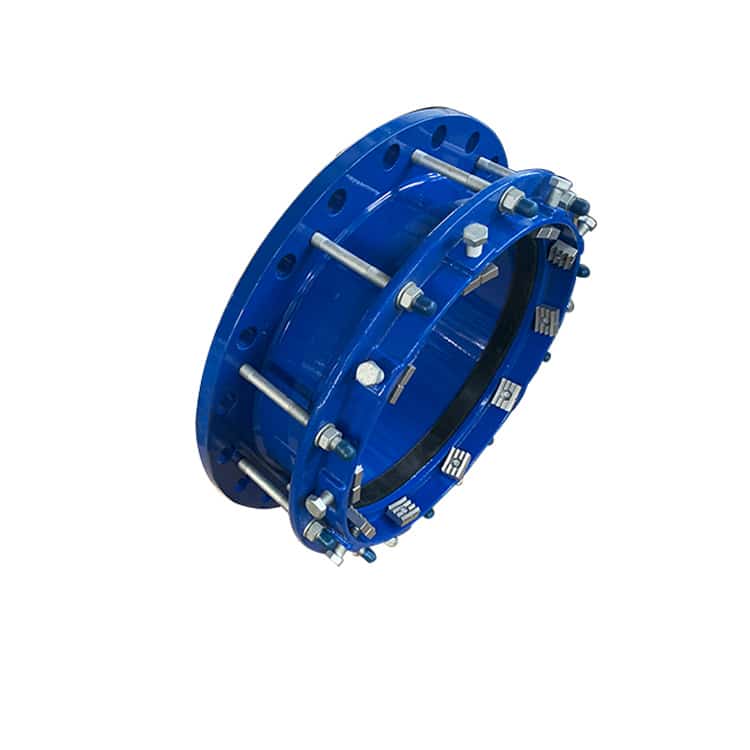In the realm of fluid control systems, mechanical joint valves play a pivotal role in regulating the flow of liquids and gases. These innovative valves offer exceptional performance, reliability, and versatility, making them indispensable in various industries. In this in-depth article, we will explore the intricacies of mechanical joint valves, including their definition, construction, working principles, applications, and the advantages they bring to fluid control systems. Join us on a journey to unravel the power and potential of mechanical joint valves.
- Understanding Mechanical Joint Valves:
Mechanical joint valves are a type of valve that utilizes a mechanical joint connection to provide a secure and leak-resistant seal. These valves are designed to control the flow of fluids by opening, closing, or partially obstructing the passage within a pipeline. The mechanical joint connection ensures a tight and reliable seal, allowing for efficient fluid control in various applications. - Construction and Components:
Mechanical joint valves consist of several key components:
- Valve Body: The valve body houses the internal components and provides the structural integrity of the valve. It is typically made of durable materials such as cast iron, stainless steel, or bronze.
- Valve Disc: The valve disc, also known as the closure element, is responsible for controlling the flow of fluids. It can be a gate, ball, butterfly, or globe-shaped disc, depending on the specific valve type.
- Stem: The stem connects the valve disc to the actuator and enables the movement of the disc to regulate the flow.
- Actuator: The actuator is responsible for operating the valve, either manually or through automation. It can be a handwheel, lever, pneumatic actuator, or electric actuator.
- Working Principles:
Mechanical joint valves operate based on different principles, depending on the valve type:
- Gate Valves: Gate valves use a sliding gate disc to control the flow. When fully open, the gate is lifted, allowing unrestricted flow. When closed, the gate is lowered, blocking the passage completely.
- Ball Valves: Ball valves utilize a rotating ball with a bore to regulate the flow. When the ball's bore aligns with the pipeline, fluid flows freely. Rotating the ball 90 degrees closes the valve, obstructing the passage.
- Butterfly Valves: Butterfly valves employ a disc that rotates on a shaft to control the flow. When the disc is parallel to the pipeline, fluid flows smoothly. Rotating the disc perpendicular to the pipeline closes the valve.
- Globe Valves: Globe valves use a disc that moves up and down to regulate the flow. By adjusting the disc's position, the flow can be partially or completely obstructed.
- Applications of Mechanical Joint Valves:
Mechanical joint valves find extensive use in various industries and applications, including:
- Water and Wastewater Treatment: These valves are crucial in controlling the flow of water and wastewater in treatment plants, ensuring efficient processes and preventing leaks.
- Oil and Gas Industry: Mechanical joint valves play a vital role in oil and gas pipelines, enabling precise control of fluid flow during extraction, refining, and distribution processes.
- Chemical Processing: These valves are used in chemical plants to regulate the flow of corrosive and hazardous fluids, ensuring safety and operational efficiency.
- HVAC Systems: Mechanical joint valves are employed in heating, ventilation, and air conditioning systems to control the flow of air and water, maintaining optimal indoor comfort levels.
- Advantages of Mechanical Joint Valves:
Mechanical joint valves offer several advantages in fluid control systems:
- Secure and Leak-Resistant: The mechanical joint connection ensures a tight seal, minimizing the risk of leaks and enhancing system reliability.
- Versatility: Mechanical joint valves are available in various types, sizes, and materials, making them suitable for a wide range of applications and operating conditions.
- Precise Flow Control: These valves provide accurate and responsive control over fluid flow, allowing for precise adjustments and optimal system performance.
- Durability: Mechanical joint valves are built to withstand high pressures, temperatures, and corrosive environments, ensuring long service life and minimal maintenance requirements.
- Easy Installation and Maintenance: The mechanical joint connection facilitates quick and straightforward installation, as well as easy maintenance and repairs when necessary.
Conclusion:
Mechanical joint valves are indispensable components in fluid control systems, offering exceptional performance, reliability, and versatility. By understanding their construction, working principles, applications, and advantages, you can make informed decisions when selecting the right valve for your specific needs. Embrace the power of mechanical joint valves and unlock a world of possibilities for efficient and precise fluid control in your industry.

